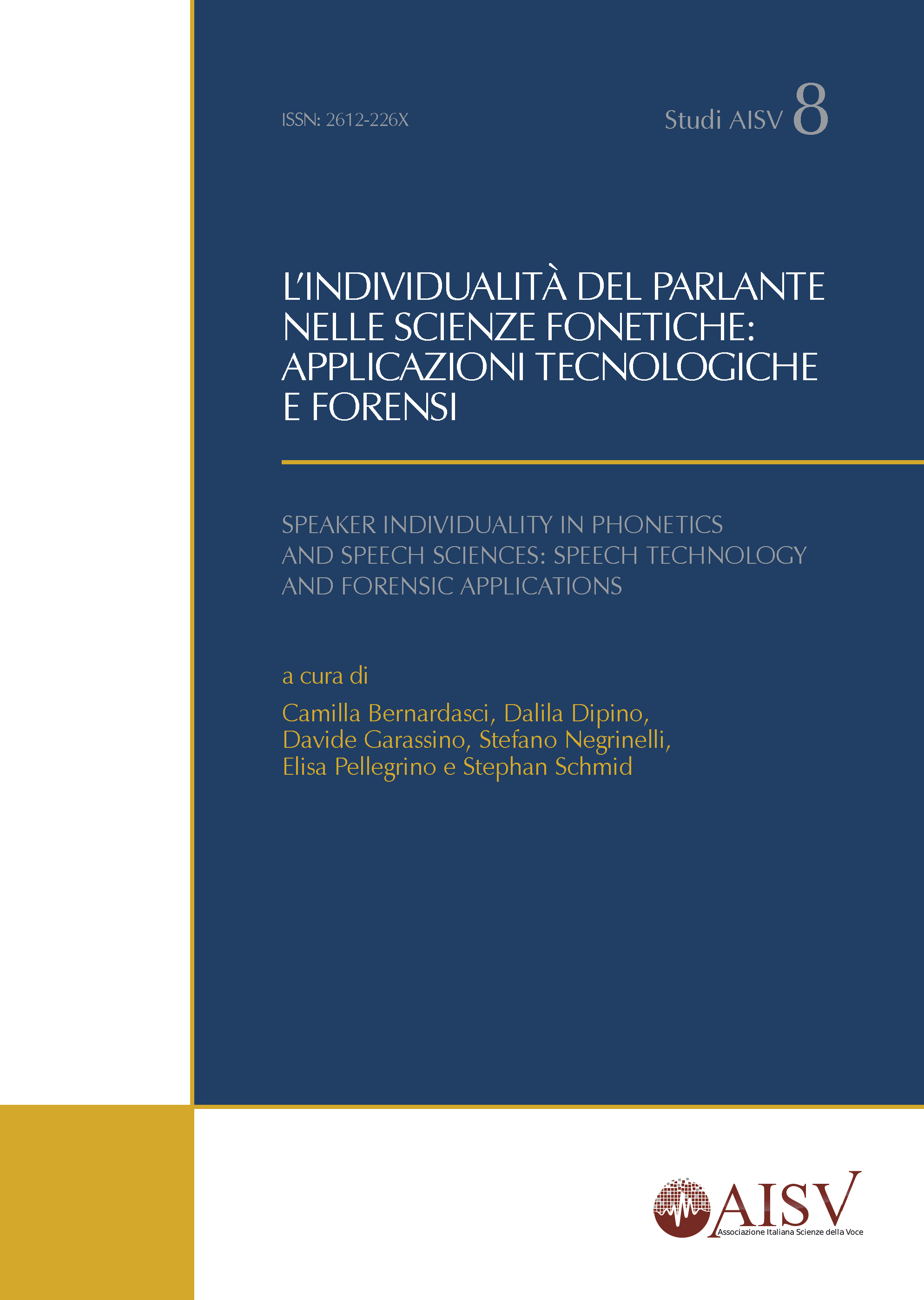Judge or defendant?
Implicit prosody and the resolution of global syntactic ambiguities
DOI:
https://doi.org/10.17469/O2108AISV000011Keywords:
syntactic ambiguity, parsing, prosody, psycholinguistics, phonologyAbstract
In sentences such as ‘Ha dimostrato la falsità delle accuse al comandante’ (he proved the falsity of the accusations to the commander) the last PP can be either a complement of the verb ‘ha dimostrato’ (proved) or a complement of NP ‘accuse’ (accusations): the two interpretations are equally possible. However, different languages show distinct preferences for one of these interpretations (Lovric, 2003): why this happens is unclear. Since prosodic phrasing can disambiguate syntactic structure (Kraljic, Brennan, 2005), the Implicit Prosody Hypothesis posits that even during silent reading a disambiguating prosodic structure is projected on the visual stimulus and this explains the different resolution preferences, based on the diversity of prosodic systems across languages (Fodor, 2002a). The results of an experiment testing this hypothesis with Italian speakers will be discussed.
Downloads
Published
Issue
Section
License

This work is licensed under a Creative Commons Attribution-NonCommercial 4.0 International License.





